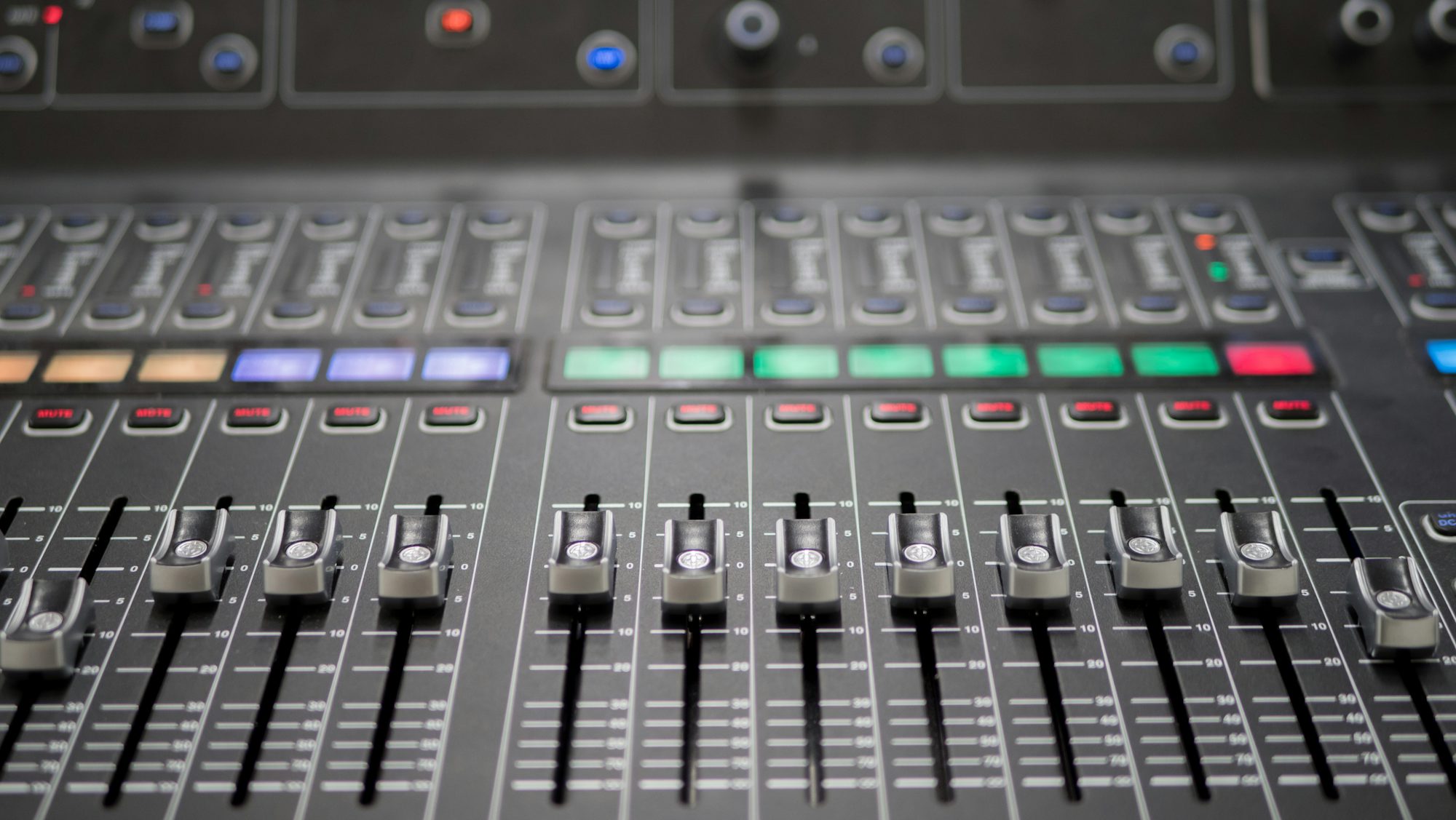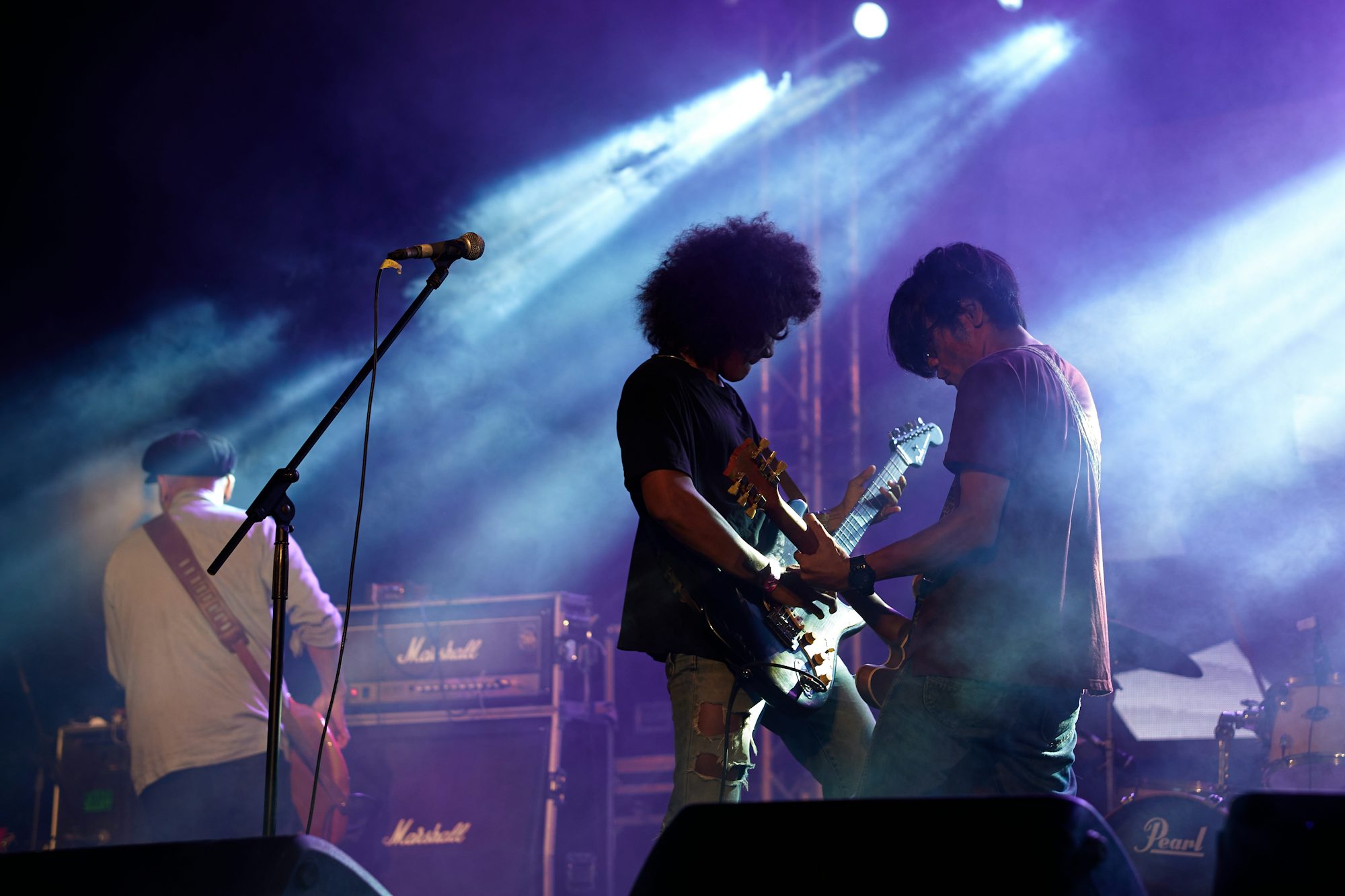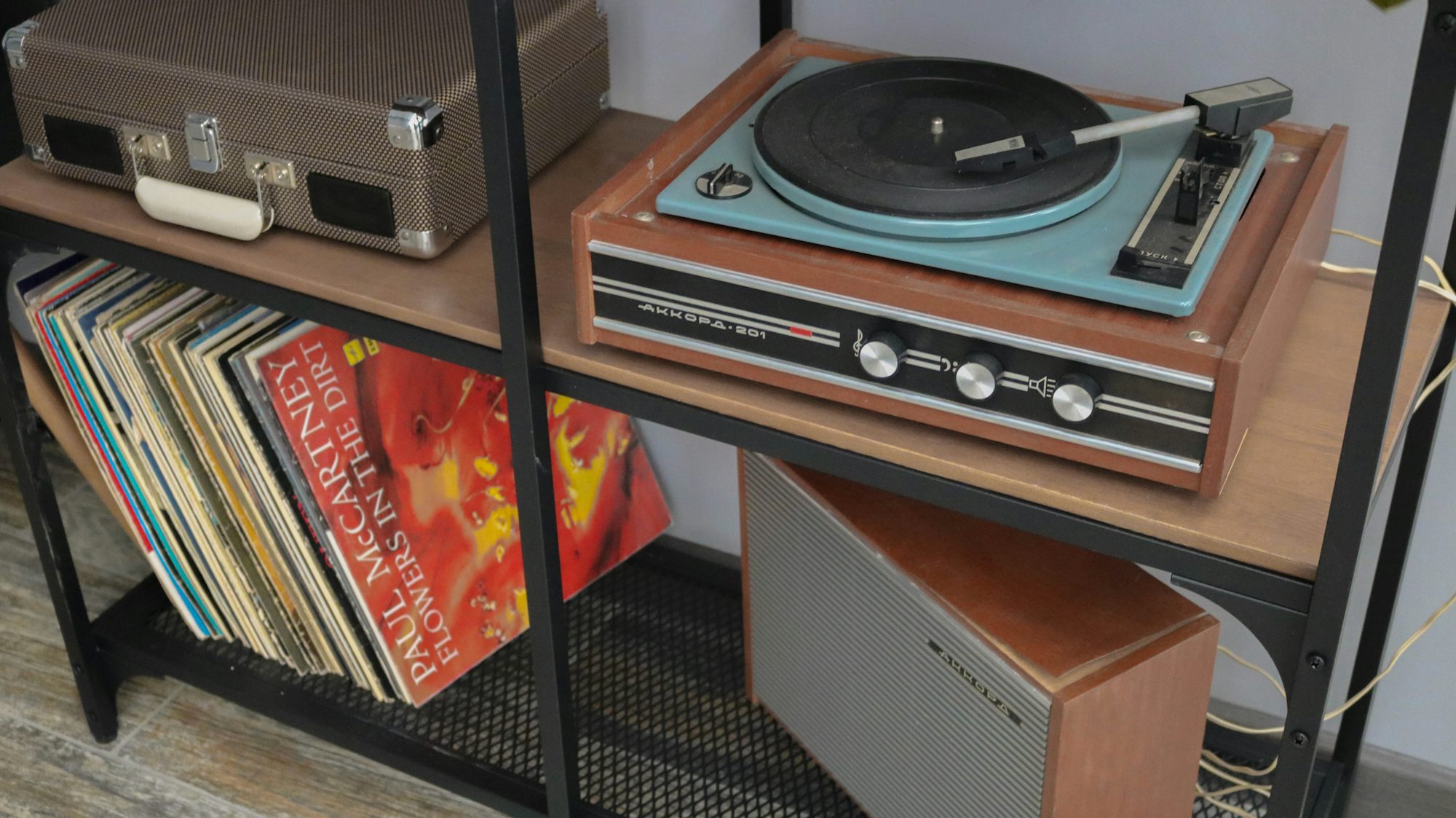Piano music holds a unique place in the world of music, embodying a blend of technical prowess and emotional expression that transcends cultural and temporal boundaries. Its journey from a mere mechanical instrument to a versatile vehicle for artistic expression illustrates not only the evolution of music but also the changing tastes and societal influences over centuries. This article will explore the fascinating history of piano music, tracing its development through various genres and cultural contexts while spotlighting influential composers and performers who have significantly shaped its legacy.
The piano’s origins date back to the early 18th century when Bartolomeo Cristofori invented the instrument. Its design allowed for a wider dynamic range than its predecessors, the harpsichord and clavichord, enabling musicians to express themselves more freely. The piano’s unique ability to produce both soft and loud sounds led to its rapid adoption among composers and performers alike. By the time of the Classical period, the piano had established itself as a central instrument in both orchestral and solo settings.
During the Classical era, composers like Wolfgang Amadeus Mozart, Ludwig van Beethoven, and Joseph Haydn transformed piano music into a sophisticated art form. Mozart’s sonatas, celebrated for their clarity and elegance, showcased the instrument’s lyrical capabilities. Pieces like the “Piano Sonata No. 11” not only exemplify Mozart’s melodic genius but also demonstrate the piano’s ability to convey a spectrum of emotions. Beethoven took this further, infusing his works with profound emotional depth, as seen in the iconic “Piano Sonata No. 14,” popularly known as the “Moonlight Sonata.” This piece exemplifies how the piano can evoke feelings of introspection and melancholy through its delicate yet powerful sound.
As the Romantic era dawned, the piano emerged as a means of personal expression, reflecting the individualism and emotional intensity of the time. Composers like Frédéric Chopin, Franz Liszt, and Johannes Brahms expanded the boundaries of piano music, focusing on lyrical melodies and complex harmonies. Chopin’s nocturnes and ballades are renowned for their emotional depth, blending technical virtuosity with expressive nuances. His “Nocturne in E-flat Major, Op. 9, No. 2” is a perfect example of how the piano can encapsulate deep feelings of longing and passion.
Franz Liszt, known for his flamboyant performance style and exceptional technique, further pushed the piano’s capabilities. His compositions, such as the “Hungarian Rhapsody No. 2,” not only demonstrate intricate pianistic techniques but also evoke vibrant emotions and storytelling. The Romantic period laid the groundwork for future generations of pianists, illustrating the piano’s potential as a solo instrument that could captivate audiences.
The late 19th and early 20th centuries witnessed significant changes in the musical landscape, with the rise of Impressionism and the advent of jazz. Composers like Claude Debussy and Maurice Ravel brought new perspectives to piano music, emphasizing mood and color over traditional forms. Debussy’s “Clair de Lune” is a quintessential example of Impressionist music, capturing the essence of light and emotion through its flowing melodies and innovative harmonies. Ravel’s works, such as “Pavane pour une infante défunte,” similarly reflect the beauty of simplicity and the piano’s ability to create atmospheric soundscapes.
As the 20th century progressed, jazz emerged as a transformative force in music, profoundly influencing piano playing styles. Jazz pianists like Duke Ellington and Thelonious Monk introduced improvisation and rhythmic complexity, showcasing the piano’s adaptability within this genre. Ellington’s compositions, including “Mood Indigo,” highlight the piano’s role in the ensemble, while Monk’s unique approach to harmony and rhythm brought a new level of creativity to jazz piano.
The bebop era further revolutionized jazz, with pianists like Bud Powell and McCoy Tyner leading the charge. Powell’s innovative chord progressions and intricate melodies challenged conventional playing, while Tyner’s work with the John Coltrane Quartet showcased the power of the piano within a jazz ensemble. These musicians expanded the vocabulary of jazz piano, paving the way for future artists to explore new sounds and forms.
The contemporary piano scene continues to thrive, blending various genres and styles. Composers like Ludovico Einaudi and Philip Glass have made significant contributions, merging classical techniques with modern sensibilities. Einaudi’s minimalist compositions, such as “Nuvole Bianche,” invite listeners into a meditative state, highlighting the piano’s ability to evoke emotions through simplicity. Glass, on the other hand, employs repetitive structures in his works, creating immersive experiences that challenge the listener’s perception of time and sound.
In addition to these developments, piano music has firmly established its presence in popular culture. Artists like Elton John, Billy Joel, and Adele have crafted memorable songs that showcase the piano’s emotional depth. Elton John’s “Your Song” and Billy Joel’s “Piano Man” resonate with audiences through their poignant lyrics and heartfelt melodies, demonstrating the piano’s ability to connect with listeners on a personal level. Adele’s powerful ballads, such as “Someone Like You,” further highlight the piano’s role in contemporary music, serving as the emotional backbone of her storytelling.
The film industry has also recognized the piano’s profound impact on storytelling. Composers like Ennio Morricone and John Williams have crafted iconic scores that feature the piano prominently, enhancing cinematic experiences. Morricone’s work in films such as “The Mission” features haunting piano melodies that evoke a sense of longing and beauty, while Williams’s scores for “Harry Potter” and “Star Wars” utilize the piano to heighten emotions and drive narratives.
Moreover, the rise of social media and digital platforms has opened new avenues for pianists to showcase their talents. YouTube, Instagram, and TikTok have become platforms for both established and emerging musicians to reach wider audiences, often blending classical, jazz, and pop styles. This democratization of music allows for greater experimentation and cross-genre collaboration, enriching the piano music landscape and creating opportunities for innovative performances.
The global influence of piano music is also evident in its fusion with world music. Artists like Chucho Valdés and Egberto Gismonti have integrated Latin rhythms and cultural elements into their compositions, celebrating the diversity of musical traditions. This blending not only enriches the piano repertoire but also fosters a sense of cultural exchange and appreciation.
As we look to the future, the piano remains a powerful symbol of creativity and expression. The instrument continues to evolve, inspiring new generations of musicians and composers to explore its capabilities. Piano music will undoubtedly continue to captivate audiences around the world, reflecting the changing tides of culture and society while maintaining its timeless appeal.
In conclusion, the evolution of piano music is a testament to its enduring significance in the musical landscape. From its classical roots to contemporary innovations, the piano has transcended genres and cultures, serving as a vehicle for emotional expression and artistic exploration. As we celebrate the rich history of piano music, we also anticipate its future, knowing that the instrument will continue to inspire and connect people through the universal language of music.


